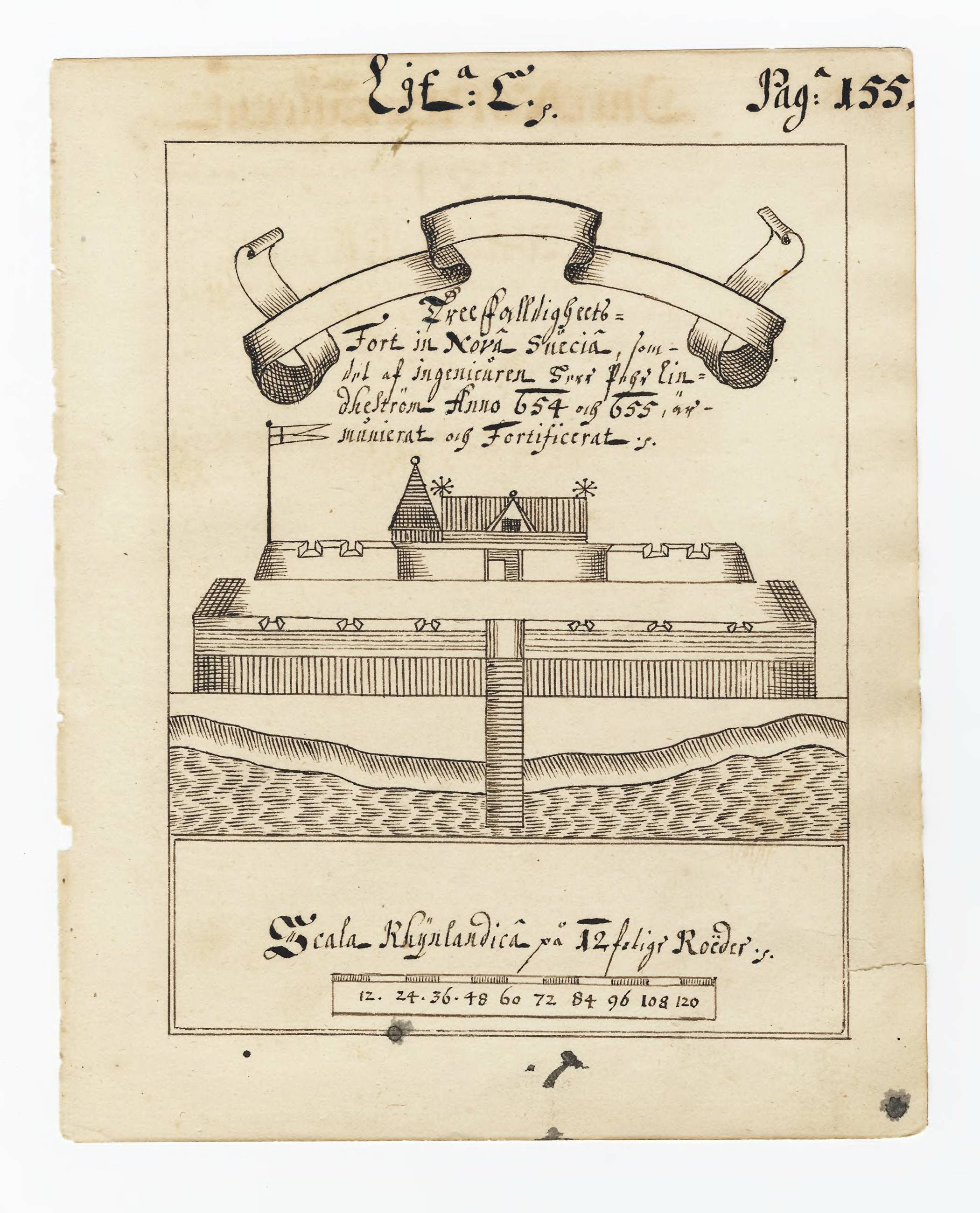New Castle was originally settled by the Dutch West India Company in 1651 under the leadership of Peter Stuyvesant on the site of a former aboriginal village, "Tomakonck" ("Place of the Beaver"), to assert their claim to the area based on a prior agreement with the aboriginal inhabitants of the area.
The Dutch originally named the settlement Fort Casimir, but this was changed to Fort Trinity following its seizure by the colony of New Sweden on Trinity Sunday in 1654. The Dutch conquered the entire colony of New Sweden the following year and rechristened the fort as Nieuw-Amstel, named after the Amstel. This marked the end of the Swedish colony in Delaware as an official entity, but it remained a semi-autonomous unit within the New Netherland colony and the cultural, social, and religious influence of the Swedish settlers remained strong. As the settlement grew, Dutch authorities laid out a grid of streets and established a common green in the town's center, which continues to this day.
In 1664, the English seized the entire New Netherland colony in the Second Anglo-Dutch War. They changed the name of the town to "New Castle" and made it the capital of their Delaware Colony.
The Dutch regained the town in 1673 during the Third Anglo-Dutch War but it was returned to Great Britain the next year under the Treaty of Westminster. In 1680, New Castle was conveyed to William Penn by the Duke of York by livery of seisin and was Penn's landing place when he first set foot on American soil on October 27, 1682. This transfer to Penn was contested by Lord Baltimore and the boundary dispute was not resolved until the 1763-1767 survey conducted by Mason and Dixon, now famed in history as the Mason–Dixon line.


